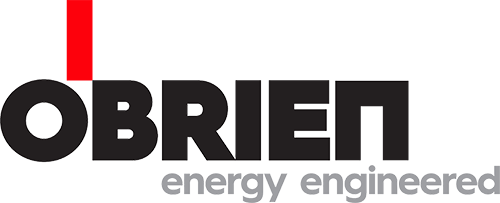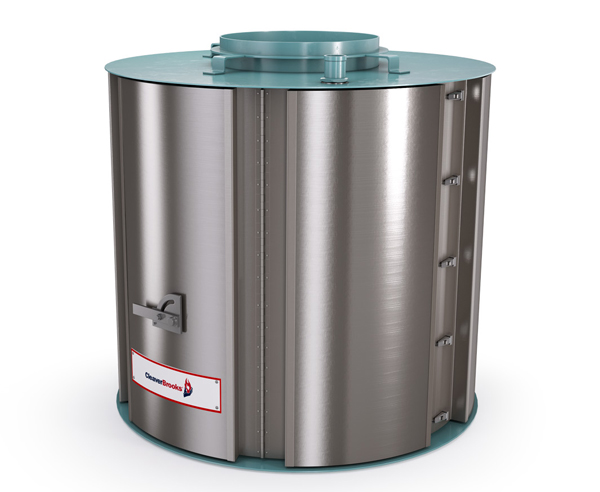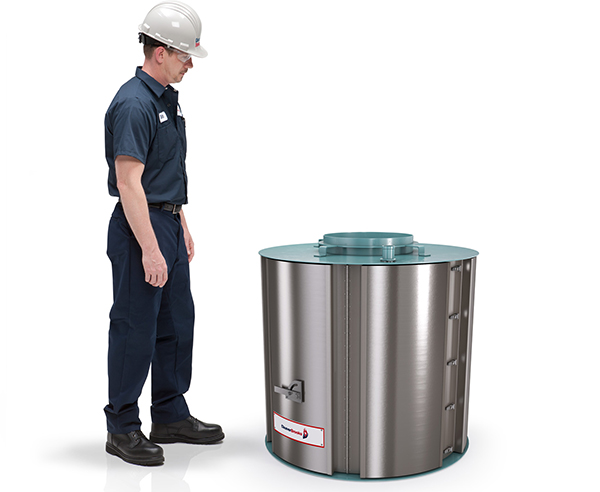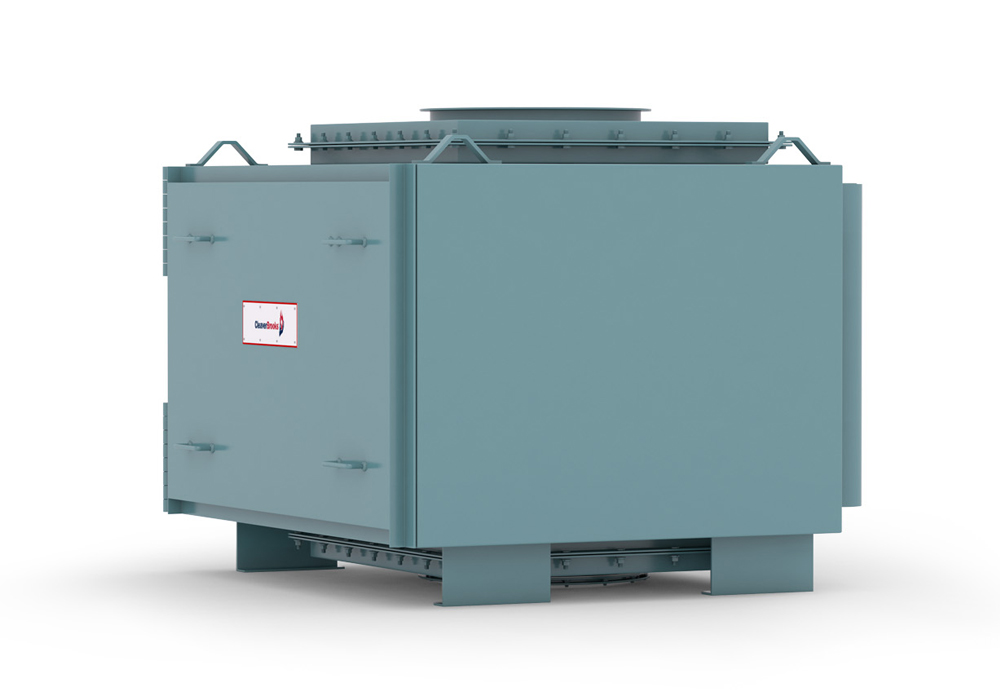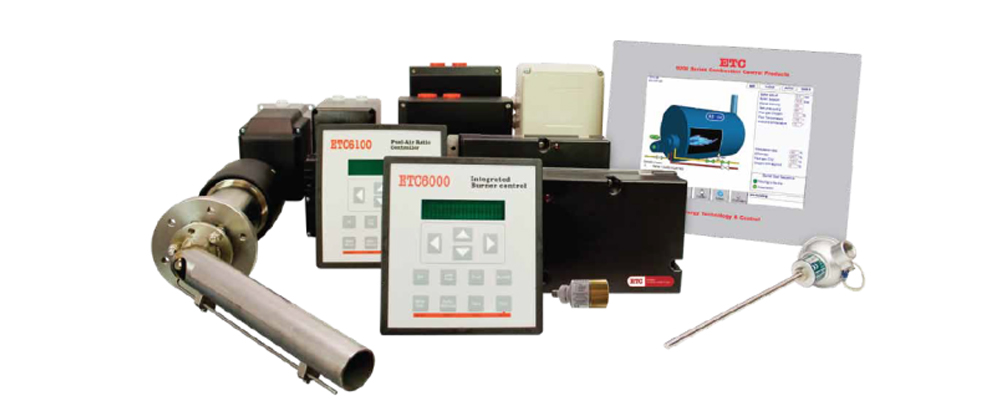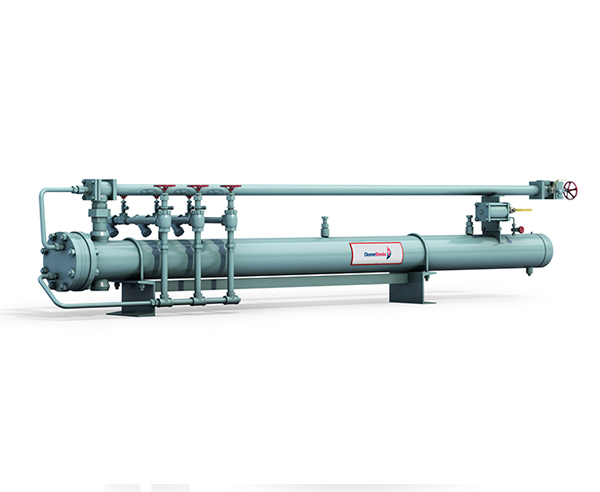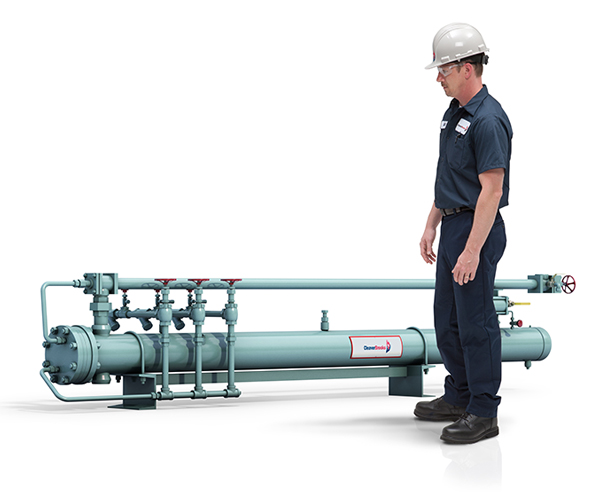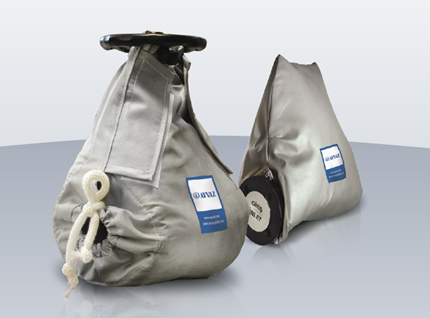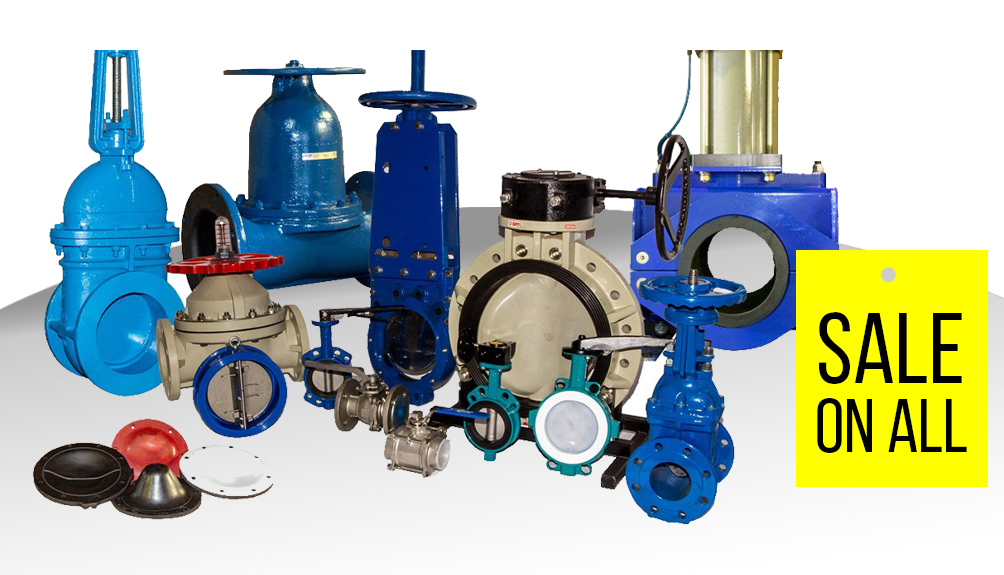1. How does a boiler economiser save energy?
By preheating feedwater with heat that would otherwise be wasted, a boiler economiser reduces the amount of fuel required to raise steam. This leads to significant energy savings and lower operating costs.
2. What are the main benefits of installing a boiler economiser?
A boiler economiser improves thermal efficiency, reduces fuel costs, cuts greenhouse gas emissions, and extends boiler lifespan by maintaining consistent operating conditions.
3. Can a boiler economiser be fitted to any boiler?
Most modern and industrial boilers can be retrofitted with an economiser, provided there is enough space and compatible flue gas temperature. A technical assessment is recommended before installation.
4. How much fuel can a boiler economiser save?
Fuel savings depend on boiler size and usage, but economisers can typically reduce fuel consumption by 5–10%. Large industrial systems often see even higher savings.
5. Does installing a boiler economiser reduce carbon emissions?
Yes, by cutting fuel usage, a boiler economiser lowers carbon dioxide emissions, helping businesses meet energy efficiency targets and sustainability goals.
6. What is the payback period for an economiser?
The payback period varies, but many businesses recover their investment within 1–3 years through fuel savings and lower energy bills.
7. Does a boiler economiser require regular maintenance?
Economisers require periodic cleaning to prevent fouling and ensure heat transfer efficiency. Routine inspections and proper water treatment help maintain performance and prevent corrosion.
8. Will installing a boiler economiser cause downtime?
Installation may require temporary boiler shutdown, but professional installation can minimise downtime. Many retrofits are completed during scheduled maintenance periods.
9. Is an economiser worth the investment?
Yes, for most industrial and commercial operations, the fuel savings, reduced energy costs, and environmental benefits make a boiler economiser a cost-effective energy efficiency upgrade.
